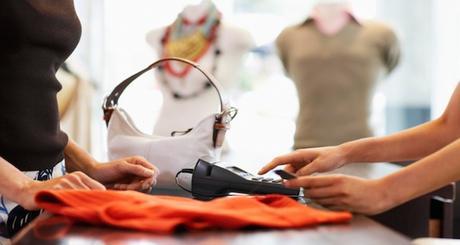
- June 3, 2015
- 0
- Email This Post
- Print This Post
What Marketers on a Budget Can Learn from Gap’s $300M Digital Facelift
Faced with losing ground to more mobile-centric competitors, multinational clothing and accessories retailer, Gap, has unveiled a $300M digital technology upgrade designed to keep rivals at bay by increasing its omnichannel clout, including making its mobile-shopping experience more personal. Specific areas targeted for improvement include online purchasing with in-store pick-up–a hot new trend that’s gaining traction among today’s young, mobile-savvy shoppers.
Central to the giant retailer’s digital facelift is a pilot program for 1,000 Gap and Banana Republic stores that will enable customers to more easily browse and reserve products via smartphone, tablet or desktop PC. Gap expects the upgrades to enhance the consumer experience by streamlining selection and checkout and adding more ways to shop.
Integrating Responsive Design
Gap’s also has high hopes for improvements in its responsive web design, in which sites automatically detect each user’s device type and size content appropriately to fit the screen. Gap sees as “very significant” the opportunity to better monetize incremental mobile traffic, according to Art Peck, president of growth, innovation and digital at Gap, San Francisco. “You [Gap’s customers] will see pretty radical progress in our mobile Web experience,”
Peck asserts.
Your Own Version of Omnichannel?
At its core, omnichannel marketing seeks to maximize the number of consumer touch points and selling opportunities, while providing a seamless purchase experience in which metrics can be easily captured. This approach can obviously benefit any size business. But as Gap’s example (and retail jeweler Jared’s) shows, adding technology can be an expensive proposition. So should small businesses dismiss the idea of investing to improve just because of cost? Not if they want to compete.
3 Tips for Thinking Bigger
More consumers are demanding the flexibility of mobile shopping, not just with big brands but also with smaller ones. Expanding technology, as your integrated marketing budget permits, is a great way to increase traffic, grow sales and become more competitive, so why not:
- Think like a customer–if you’re a retailer, consider how you can improve your patrons’
eCommerce experience; if you don’t use eCommerce, think about adapting a scaled back version of Gap’s technology initiatives - Think mobile first–create a responsive website that accommodates all device types, especially smartphones and tablets
- Think about metrics–make sure to integrate metrics into any new initiative; measuring results will help identify which parts of your technology investment are paying the highest dividends
Even if you’re on a budget, investing more in technology may add muscle to your mix and take you one step closer to a mini-version of omnichannel marketing. At a time when businesses are looking for any competitive advantage, it could be a way keep–or better still, set–the pace in your industry.
